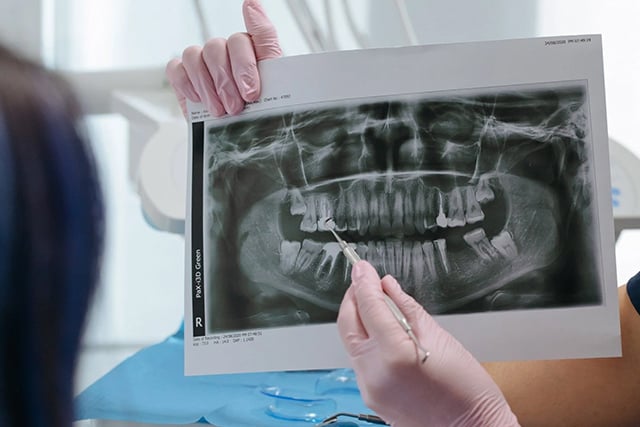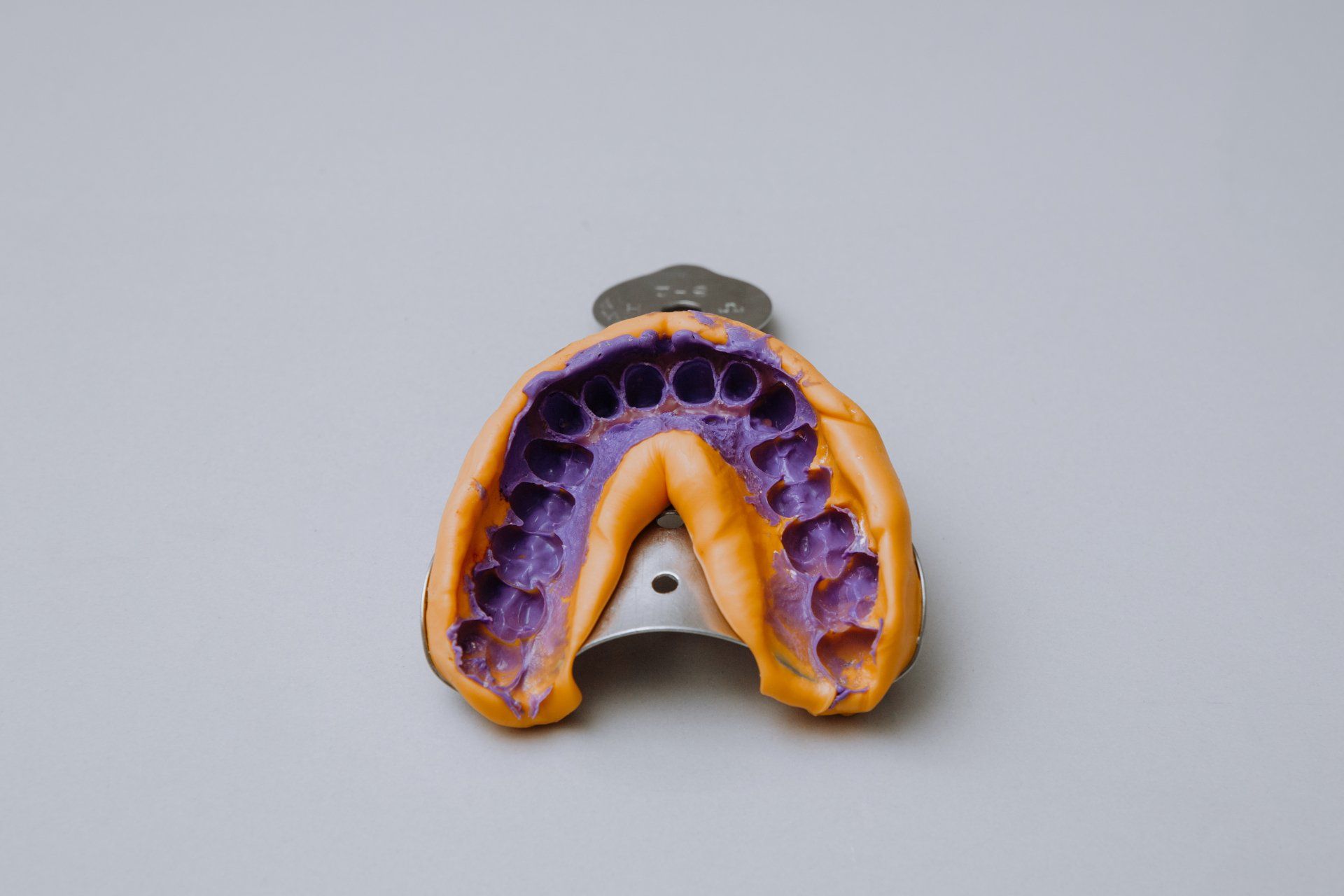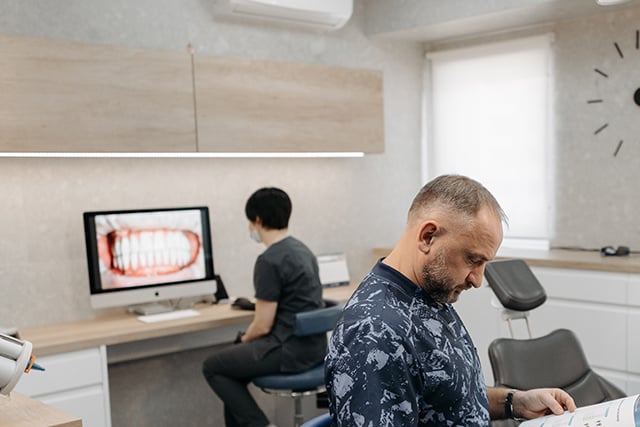December 08, 2021


Written by:
Dylan Schubert
As the use of digital impressions increases in popularity, it’s important for dentists to develop a standard troubleshooting procedure for their intraoral scanners. Some scanners can be large and bulky, making it difficult to take accurate scans. In this case, it’s often a simple matter of practicing with them regularly until they become a natural part of your workflow. Other times you may run into technical issues and the right solution can be just a simple troubleshooting procedure. So, before you contact technical support, try these following tips for the most common digital impression issues.
Issue #1: Distorted Scans
From Moisture
Excess moisture on the teeth, for example saliva bubbles the occlusal, can prevent image capture and result in missing anatomy. Areas of the impression will be noticeably distorted or misshapen. Intraoral scanners pick up anything that reflects, and it’s not able to differentiate between that reflection and the rest of the image it’s capturing.
Solution: The solution here is all about preparing for the scan. Delete the distorted scan to start over. Then dry the teeth with air or a 2x2 gauze so that excess moisture is removed on the occlusal surface. Have the patient refrain from closing his or her mouth. Then, after dry and clean, resume scanning.
From Smudged Lenses
Smudges can interfere with a clear image capture and can even cause artifacts on the scan. The lenses on the patient sleeve and the inner optical lens will need to be perfectly clear.
Solution Patient Sleeve: With a dampened 2x2 gauze or cotton ball, wipe the lens clean and then dry to remove any remaining residue or moisture.
Solution Optical Lens: Wipe the lens with the dedicated cloth that may have been included with your scanner sleeves.
Issue #2: Absent Impression
More often, the root cause will be scan technique. Most scanners are designed for the wand to touch the teeth while scanning. If it’s not touching, it may not be able to capture the area being scanned. Even if you have experience using an intraoral scanner, there are certain areas of a patient’s mouth that will be more difficult to capture than others. Consistent practice and a procedure are key to capturing these areas.
Solution: Practice makes perfect! Also scan in the proper sequence; occlusal, lingual, buccal and incisal roll of each arch. If the scanner has lost its place, back up to the last image shown. Ensure the lens is touching the teeth. Once the model starts building again you can resume scanning.
As you practice and build a consistent habit and get comfortable using your intraoral scanner, ensure that you are also meeting a performance checklist as part of your workflow.
Issue #3 Colored Purple Images Not Stitching Together
Purple images at the bottom of the screen that are not stitching together can result from the wand turning off and on.
Solution: Be sure to scan full occlusal, lingual and buccal of each arch. Do not turn the wand off when you scan each arch. If the model stops building while you are scanning, do not turn wand off. Instead, with the wand still on, back up the last image displayed on the screen.
Once you start to see the model move again, this indicates that the scanner recognizes already captured anatomy. You can resume scanning from this point. If purple images are present, delete them.

Digital Dental Impressions vs. Traditional Dental Impressions Nov 23, 2021 As dental professionals, staying at the forefront of technology is essential in delivering the best care to patients. One...
Read More
What is a Dental Impression? A dental impression is a close replica of a patient’s tooth structure and surrounding oral tissue. They are the cornerstone of restorative procedures and appliances. How...
Read More
Instructions for submitting digital impressions by system: Oct 03, 2017 Instructions for submitting digital impressions by system: 3M ESPE For Tru Definition systems, contact 3M ESPE directly by...
Read More